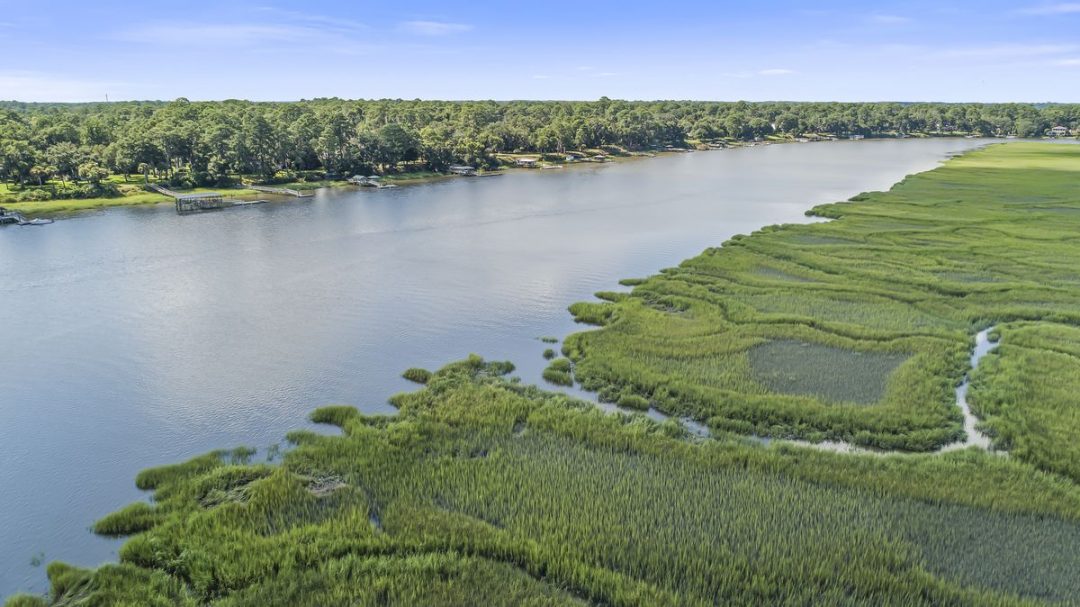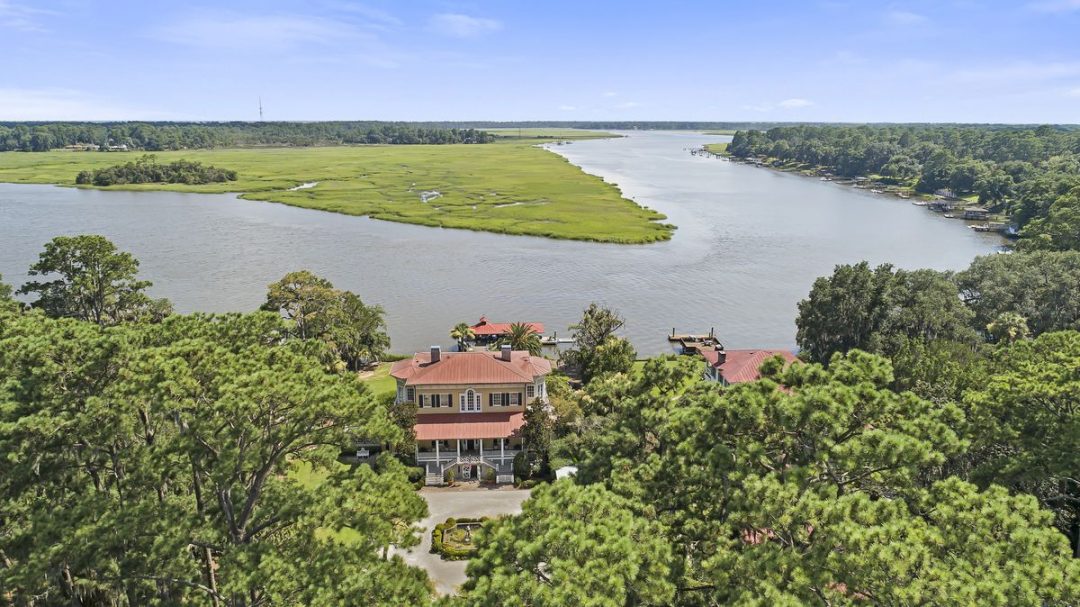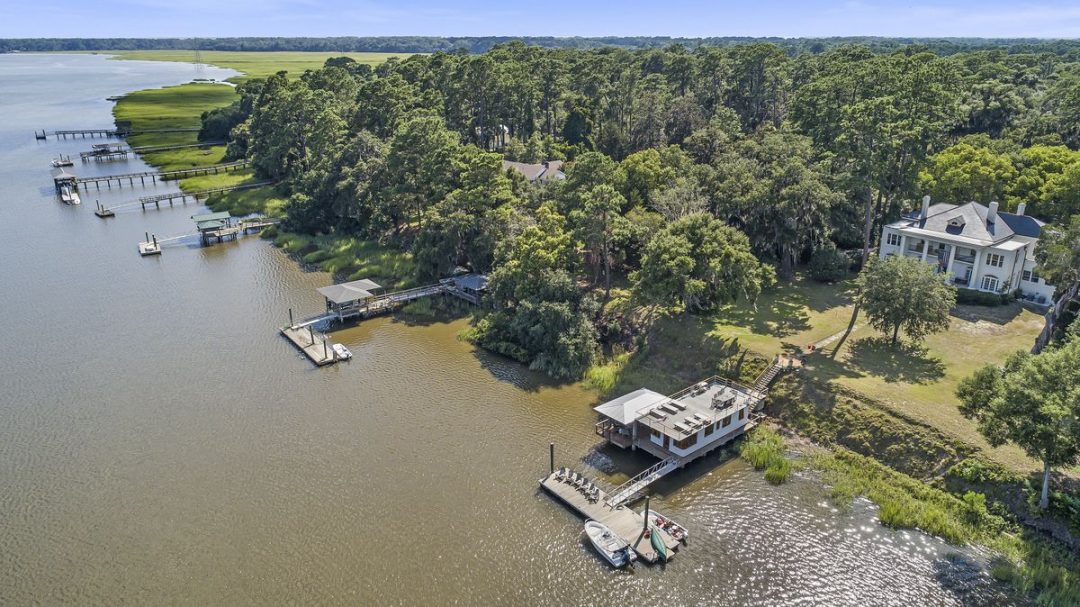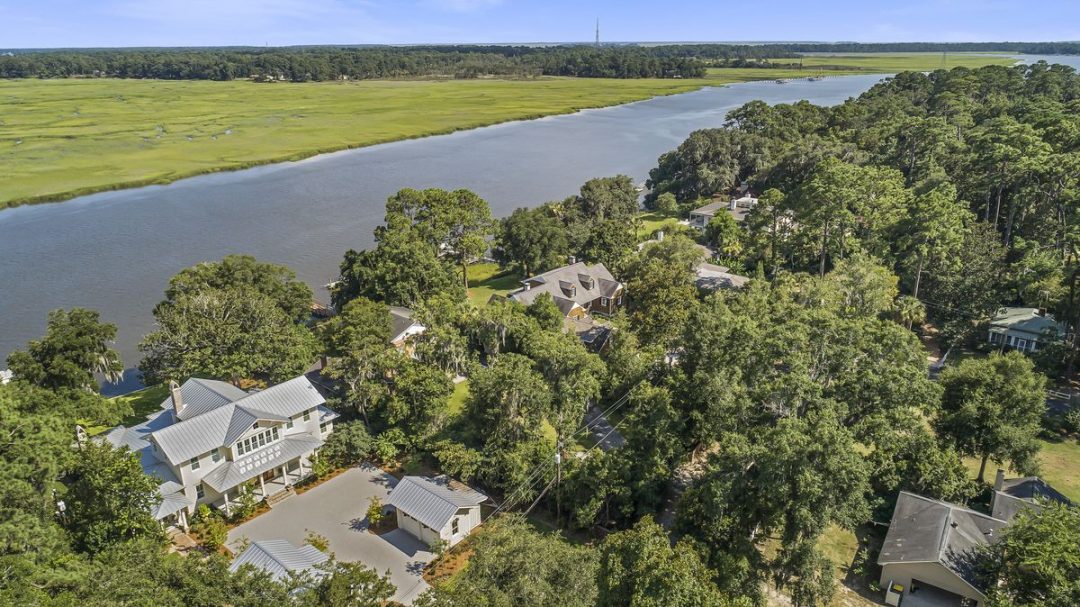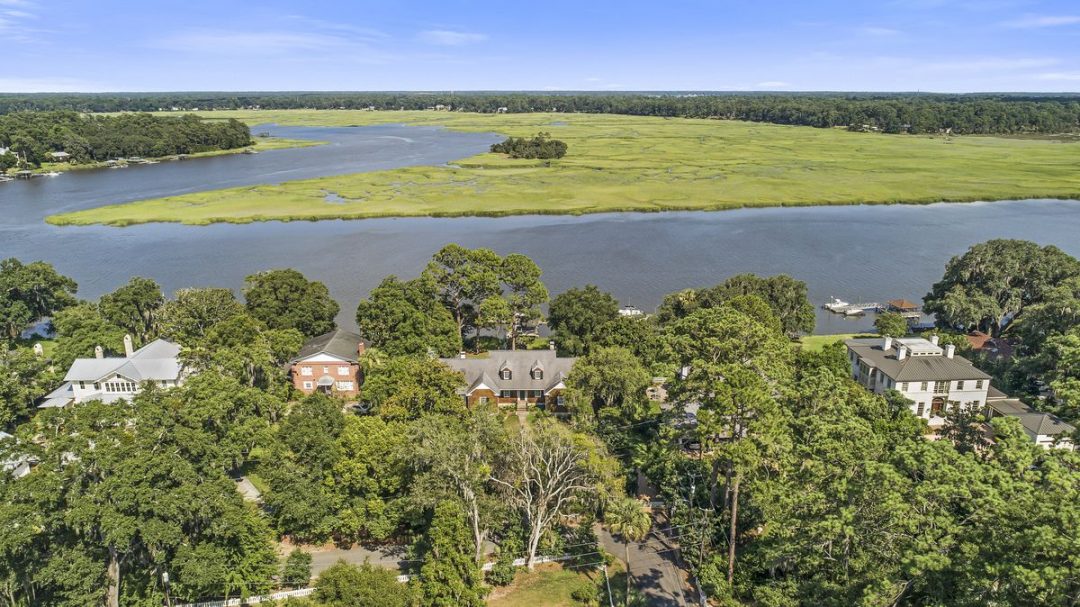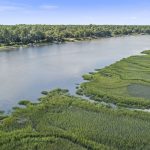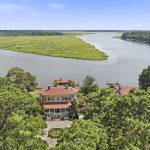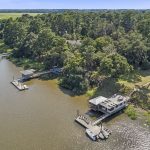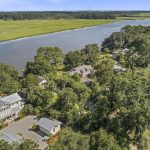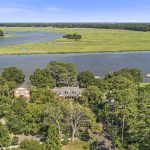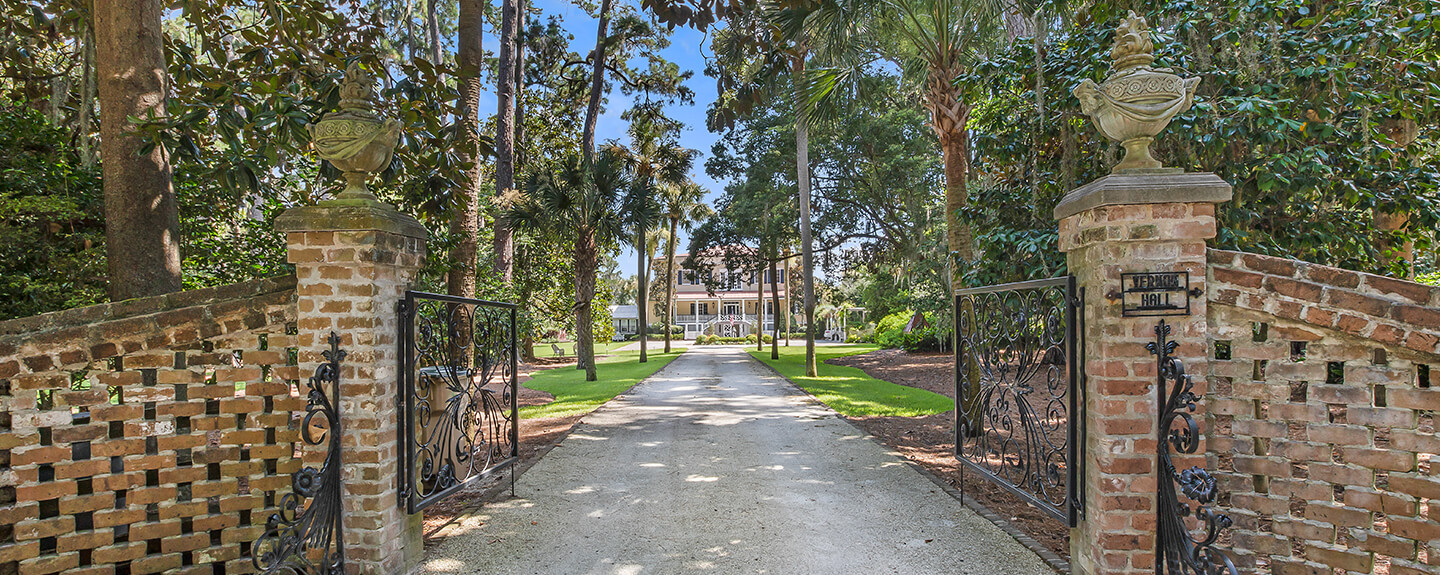
VERNONBURG
Located on White Bluff of the Vernon River, Vernonburg Historic District consists of a residential community and archaeological remains from the 18th century German settlement, 19th century resettlement, and early 20th century development. The original development of Colonial Vernonburg was situated along the main street now known as Rockwell Avenue on small 60’ x 90’ town lots. By the early 19th century, these smaller lots and houses had been abandoned for larger house sites farther off the street and closer to the bluffs, thereby preserving the archaeological remains of the original development. Archaeological surveys were conducted in the early 1990′s with 77% of the tests finding 18th and 19th century artifacts and oyster shells and helping to locate the colonial town sites.
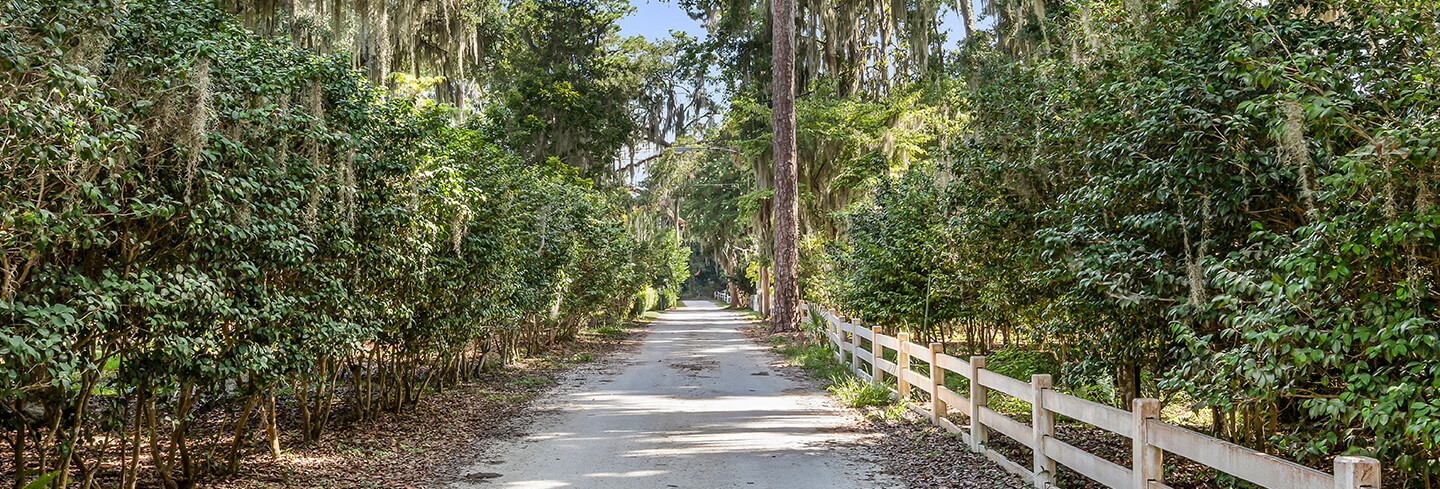
“Consists of a residential community and archaeological remains from the 18th century German settlement, 19th century resettlement, and early 20th century development”
The extant historic houses within the district were constructed from the 1840s to the 1940s with the primary construction material being wood with several brick or stucco houses. Central-hall houses and cottages and single-pen cottages are found within the district. Federal, Italianate, Colonial Revival and Spanish Colonial Revival styles are evident. Outbuildings include wooden historic boathouses, servants’ quarters, and garages. The landscaping within the district includes large front lawns with mature oaks, Spanish moss, camellias, azaleas and other native flora and fauna. The streets are also shaded by an impressive oak canopy.
